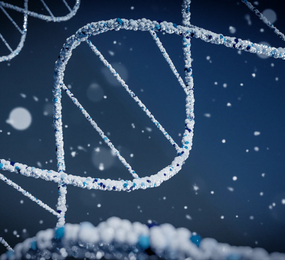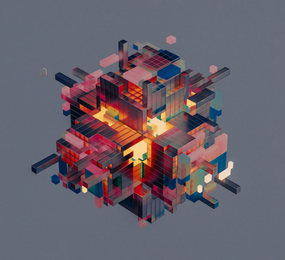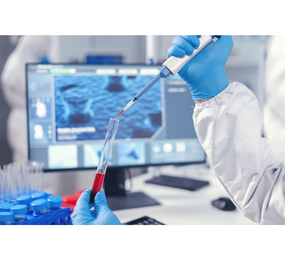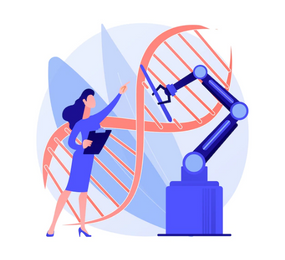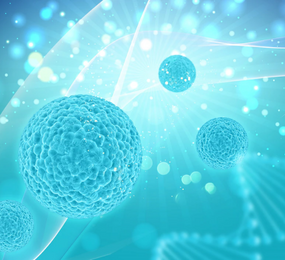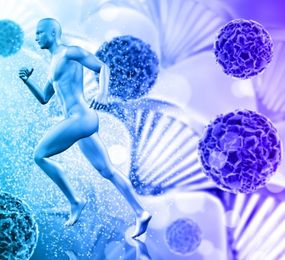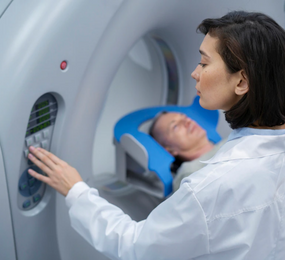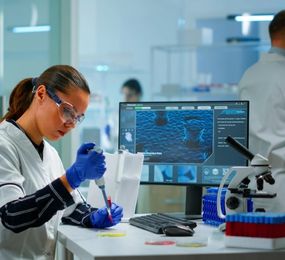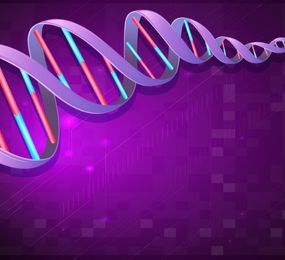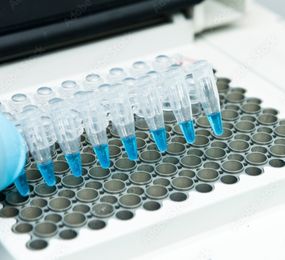Cell and gene therapies have shown great promise in treating a wide range of diseases, from cancer to genetic disorders. However, the success of these therapies depends on the efficient delivery of genetic material into the target cells. The choice of the delivery method is critical, and it is a decision that has been debated extensively by the scientific community. Our speaker, Stefano Baila, Managing Director at Eurofins, will be presenting on this topic at the upcoming International Bioprocessing and Biologics Forum on 28th - 29th November, 2023 in Steigenberger Airport Hotel, Berlin, Germany. Baila is an experienced expert in the field of bioanalytical and biologics and has extensive knowledge in viral and non-viral vectors for gene therapy.
There are two primary methods for delivering genetic material into target cells: viral and non-viral vectors. Viral vectors are derived from viruses and are capable of efficiently and specifically infecting target cells, delivering the genetic material to the host DNA. Non-viral vectors, on the other hand, are synthetic and typically consist of cationic polymers or lipids that can bind to and condense the genetic material for delivery into the target cells.
While viral vectors have shown high efficiency in delivering genetic material into target cells, they also have drawbacks. These include safety concerns due to the risk of immunogenicity, toxicity, and the potential for integration into the host genome. Non-viral vectors, on the other hand, are generally considered to be safer, but they have lower efficiency in delivering the genetic material and require higher doses.
Therefore, the decision on whether to use viral or non-viral vectors for gene therapy depends on several factors, including the specific disease being treated, the target cells, and the patient population. In some cases, a combination of viral and non-viral vectors may be used to optimise the delivery of the genetic material.
Baila's presentation will cover the latest advances in both viral and non-viral vectors, including their advantages and disadvantages, safety profiles, and clinical data. The presentation will also discuss the challenges of developing and testing gene therapies using both types of vectors.
In conclusion, the decision on whether to use viral or non-viral vectors for gene therapy is a critical one that depends on several factors. Both types of vectors have their advantages and disadvantages, and the choice depends on the specific disease being treated, the target cells, and the patient population. Baila's presentation at the International Bioprocessing and Biologics Forum on 28th - 29th November, 2023 in Steigenberger Airport Hotel, Berlin, Germany, will provide valuable insights into the latest advances in viral and non-viral vectors for gene therapy.
To register or learn more about the Forum please check here: https://bit.ly/3zxguXW
For more information and group participation, contact us: [email protected]


